Grow Garcinia Intermedia, and unlock the secrets to cultivating this exotic fruit right in your own backyard! Have you ever dreamed of harvesting your own rare and delicious tropical treats? Well, dream no more! This DIY guide is your passport to successfully nurturing Garcinia Intermedia, also known as the Lemon Drop Mangosteen, from seedling to bountiful harvest.
While not as widely known as its purple mangosteen cousin, Garcinia Intermedia boasts a rich history in its native Central America, where it has been cherished for generations for its unique sweet and tangy flavor. Imagine impressing your friends and family with a fruit they’ve likely never even heard of, let alone tasted!
But why should you embark on this horticultural adventure? In today’s world, where access to fresh, unique produce can be limited and expensive, learning to grow Garcinia Intermedia offers a rewarding and sustainable solution. Not only will you enjoy the satisfaction of nurturing a plant from start to finish, but you’ll also gain access to a delicious and nutritious fruit that’s packed with vitamins and antioxidants. Plus, it’s a fantastic conversation starter! So, let’s dive in and discover the simple yet effective DIY tricks that will have you harvesting your own Lemon Drop Mangosteens in no time!
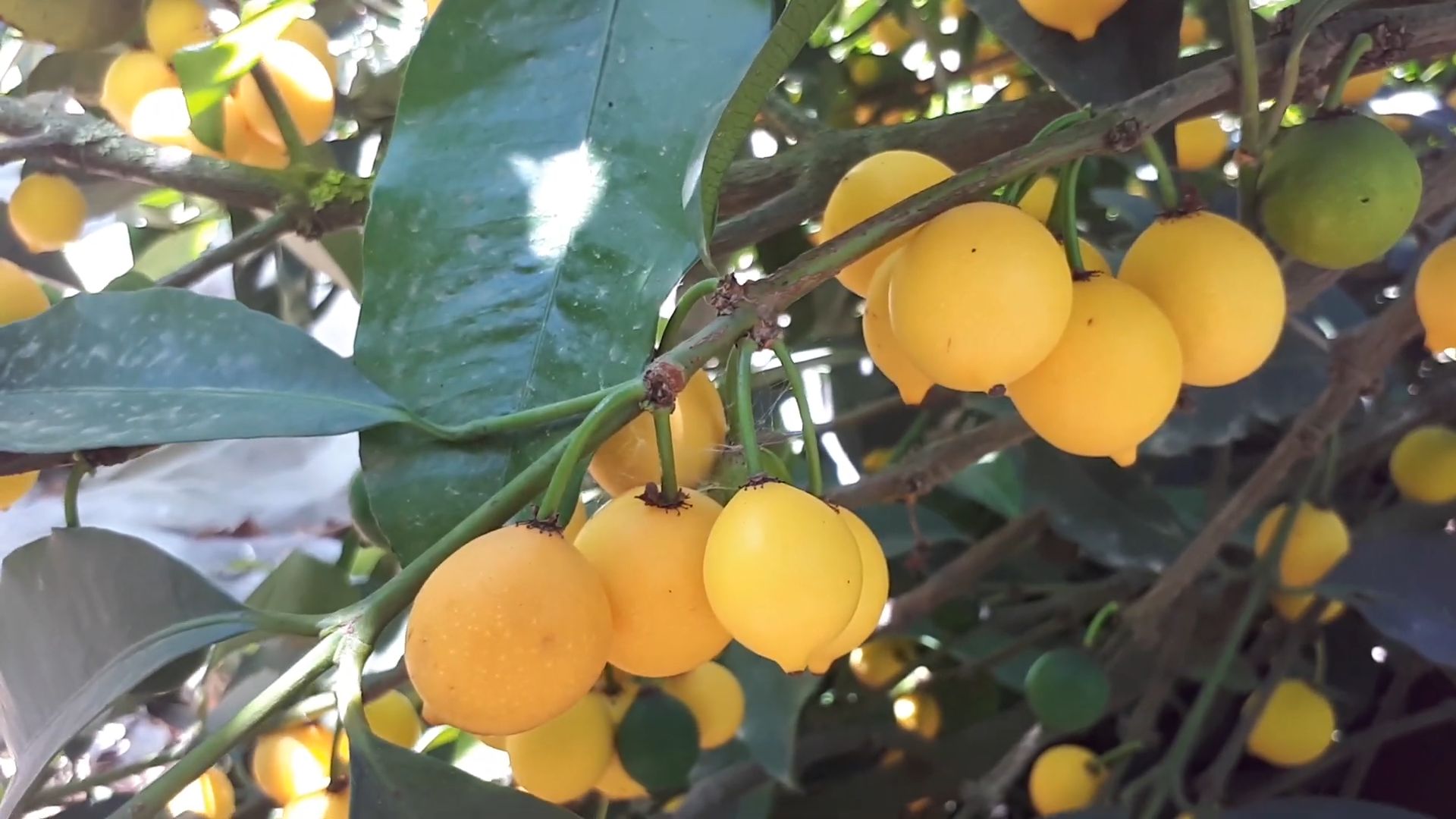
Growing Garcinia Intermedia (Achachairu) From Seed: A DIY Guide
Okay, so you want to grow your own Achachairu tree? Awesome! These little orange gems are delicious and relatively easy to cultivate, especially if you live in a warm climate. I’m going to walk you through the whole process, from seed to (hopefully!) fruit. It takes patience, but the reward is totally worth it.
Sourcing and Preparing Your Achachairu Seeds
First things first, you need seeds! You can’t just grab any old seed and expect it to sprout. Here’s what I’ve learned about getting the best start:
* Freshness is Key: Achachairu seeds are notoriously short-lived. The fresher the seed, the higher your chances of germination. Ideally, you want to plant them as soon as possible after extracting them from the fruit. Don’t let them dry out!
* Source Matters: If you can’t get fresh fruit directly, try to find a reputable online vendor who specializes in tropical fruit seeds. Ask about the seed’s harvest date.
* Extraction Process: If you have access to fresh Achachairu fruit, carefully remove the seeds. The fruit usually contains one or two seeds. Gently wash off any pulp clinging to the seeds. This pulp can inhibit germination.
* Seed Viability Test (Optional): While not foolproof, you can do a quick float test. Place the seeds in a bowl of water. Seeds that sink are generally more likely to be viable than those that float. However, don’t discard the floaters immediately; sometimes they just need a little more time to absorb water.
Germinating Your Achachairu Seeds
This is where the magic happens! Getting those seeds to sprout requires the right environment.
* Choosing a Germination Medium: I’ve had the best luck with a well-draining seed starting mix. You can buy a pre-made mix or create your own by combining equal parts peat moss (or coco coir), perlite, and vermiculite. The key is good drainage to prevent rot.
* Container Selection: Use small pots or seedling trays with drainage holes. Individual cells are ideal because you won’t have to disturb the roots when transplanting.
* Sowing the Seeds:
1. Moisten the seed starting mix thoroughly. It should be damp but not soggy.
2. Fill your chosen containers with the moistened mix.
3. Make a small indentation (about 1/2 inch deep) in the center of each container.
4. Place one seed in each indentation.
5. Gently cover the seed with the seed starting mix.
6. Lightly water the surface to settle the mix.
* Creating the Ideal Environment: Achachairu seeds need warmth and humidity to germinate.
1. Temperature: Aim for a consistent temperature between 75-85°F (24-29°C). A heat mat designed for seed starting can be very helpful, especially if you live in a cooler climate.
2. Humidity: Cover the containers with a clear plastic dome or plastic wrap to create a mini-greenhouse effect. This will help retain moisture. Make sure to vent the dome or wrap daily to prevent mold growth.
3. Light: While the seeds don’t need light to germinate, placing them in a bright, indirect light location after sowing can help warm the soil. Avoid direct sunlight, which can overheat the seeds.
* Patience is a Virtue: Germination can take anywhere from 2 weeks to 2 months, so don’t get discouraged if you don’t see sprouts right away. Keep the soil consistently moist (but not waterlogged) and maintain the warm, humid environment.
* Monitoring for Mold: Keep a close eye on the soil surface for any signs of mold or fungal growth. If you see any, gently remove the affected area and improve ventilation. A diluted solution of chamomile tea can also help prevent fungal issues.
Transplanting Your Seedlings
Once your seedlings have developed a few sets of true leaves (the leaves that look like miniature versions of the adult leaves), it’s time to transplant them into larger pots.
* Choosing the Right Pot: Select a pot that is at least 4 inches in diameter. Make sure it has drainage holes!
* Potting Mix: Use a well-draining potting mix that is slightly acidic. A mix designed for citrus trees can work well. You can also amend a general-purpose potting mix with perlite and peat moss to improve drainage and acidity.
* Transplanting Procedure:
1. Gently remove the seedling from its germination container. Be careful not to damage the delicate roots. If the seedling is in a cell tray, you can often push it up from the bottom.
2. Create a hole in the center of the potting mix in the new pot that is large enough to accommodate the seedling’s root ball.
3. Place the seedling in the hole and gently backfill with potting mix.
4. Water thoroughly to settle the soil.
* Hardening Off: Before moving your seedlings outdoors permanently, you need to “harden them off.” This process gradually acclimates them to the outdoor environment.
1. Start by placing the seedlings in a sheltered location outdoors for a few hours each day, gradually increasing the amount of time they spend outside over a week or two.
2. Protect them from direct sunlight, strong winds, and extreme temperatures during this process.
3. Once they have been hardened off, they can be planted in their permanent location.
Caring for Your Achachairu Tree
Now comes the ongoing care to ensure your tree thrives and eventually produces those delicious fruits!
* Sunlight: Achachairu trees need plenty of sunlight – at least 6-8 hours per day. Choose a location that receives full sun.
* Watering: Water regularly, especially during dry periods. The soil should be kept consistently moist, but not waterlogged. Overwatering can lead to root rot. Check the soil moisture by sticking your finger about an inch into the soil. If it feels dry, it’s time to water.
* Soil: Achachairu trees prefer well-draining, slightly acidic soil. Amend your soil with organic matter, such as compost or well-rotted manure, to improve drainage and fertility.
* Fertilizing: Fertilize your tree regularly with a balanced fertilizer, such as a 10-10-10 or a fertilizer specifically formulated for fruit trees. Follow the instructions on the fertilizer label. Fertilize during the growing season (spring and summer) and reduce or stop fertilizing during the dormant season (fall and winter).
* Pruning: Prune your tree to maintain its shape and remove any dead or diseased branches. Pruning can also help improve air circulation and sunlight penetration, which can lead to better fruit production.
* Pest and Disease Control: Achachairu trees are generally resistant to pests and diseases, but it’s still important to monitor your tree regularly for any signs of problems. Common pests that may affect Achachairu trees include aphids, scale, and mealybugs. Diseases that may affect Achachairu trees include root rot and fungal leaf spots. Treat any pest or disease problems promptly with appropriate organic or chemical controls.
* Protecting from Frost: Achachairu trees are sensitive to frost. If you live in an area that experiences frost, you will need to protect your tree during the winter months. You can do this by wrapping the trunk of the tree with burlap or blankets, or by moving the tree indoors if it is in a container.
* Pollination: Achachairu trees are self-pollinating, meaning they don’t need another tree to produce fruit. However, cross-pollination can improve fruit set and quality. If you have multiple Achachairu trees, they will likely cross-pollinate naturally. You can also hand-pollinate the flowers by transferring pollen from one flower to another using a small brush.
Potential Challenges and Troubleshooting
Even with the best care, you might encounter some challenges along the way. Here are a few common issues and how to address them:
* Seed Germination Failure: If your seeds don’t germinate, it could be due to several factors, including old seeds, improper temperature, or overwatering. Try again with fresh seeds, ensure the temperature is within the optimal range, and avoid overwatering.
* Slow Growth: Achachairu trees can be slow growers, especially in their early years. Be patient and provide them with the best possible growing conditions. Make sure they are getting enough sunlight, water, and nutrients.
* Yellowing Leaves: Yellowing leaves can be a sign of nutrient deficiency, overwatering, or underwatering. Check the soil moisture and adjust your watering accordingly. Fertilize your tree with a balanced fertilizer to address any nutrient deficiencies.
* Lack of Fruit Production: It can take several
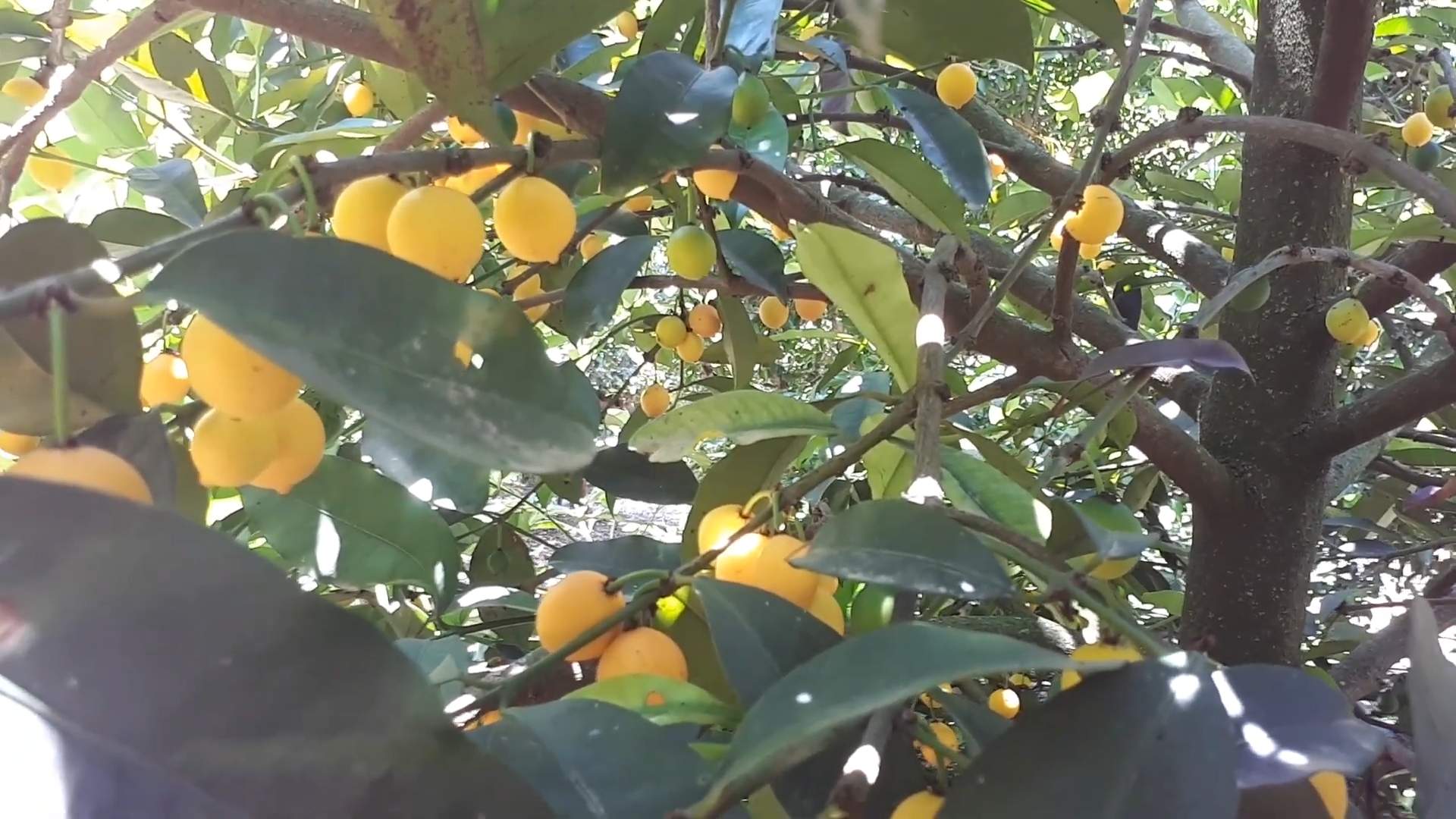
Conclusion
So, there you have it! Growing your own Garcinia Intermedia, also known as the Mundu fruit, might seem like a tropical dream, but with a little patience and the right approach, it’s entirely achievable. This DIY trick, focusing on seed germination and early seedling care, is a must-try for any gardening enthusiast looking to add a unique and rewarding fruit tree to their collection. Forget relying solely on expensive saplings from nurseries; taking control of the process from seed allows you to select the strongest, most viable plants and nurture them from the very beginning.
Why is this method so compelling? First, you gain a deeper understanding of the plant’s life cycle and its specific needs. This intimate knowledge translates to healthier, more resilient trees in the long run. Second, you have the freedom to experiment with different growing conditions and techniques, tailoring the environment to perfectly suit your Garcinia Intermedia. Third, and perhaps most importantly, there’s an unparalleled satisfaction in watching a tiny seed transform into a thriving fruit-bearing tree, a testament to your dedication and green thumb.
Consider these variations to further personalize your growing experience. For those living in cooler climates, explore the possibility of growing your Garcinia Intermedia in a large pot, allowing you to bring it indoors during the winter months. This ensures the plant receives the warmth and protection it needs to survive and thrive. You can also experiment with different soil mixtures to find the perfect balance of drainage and nutrient retention. Some gardeners swear by adding a small amount of composted manure to the soil to boost growth, while others prefer a more acidic mix. Don’t be afraid to research and adapt the techniques to suit your specific environment and resources.
Another exciting avenue to explore is grafting. Once your seedlings are established, you can graft them onto more established Garcinia rootstock, potentially accelerating the fruiting process and improving the overall vigor of the tree. This technique requires some practice and skill, but the rewards can be significant.
Ultimately, the success of growing Garcinia Intermedia depends on your commitment and willingness to learn. This DIY trick provides a solid foundation, but the real magic happens when you adapt and refine the process based on your own observations and experiences.
We wholeheartedly encourage you to give this DIY trick a try. Embrace the challenge, enjoy the journey, and prepare to be amazed by the fruits of your labor. And most importantly, don’t forget to share your experiences with us! We’d love to hear about your successes, your challenges, and any tips or tricks you discover along the way. Your insights could help other aspiring gardeners successfully grow their own Garcinia Intermedia and contribute to a growing community of Mundu fruit enthusiasts. Let’s cultivate a world where everyone can enjoy the unique flavors and benefits of this remarkable tropical fruit. Share your photos, stories, and questions in the comments below – we’re eager to learn from you!
Frequently Asked Questions (FAQ)
What is the ideal climate for growing Garcinia Intermedia?
Garcinia Intermedia thrives in warm, humid climates, ideally within USDA zones 10-11. It prefers temperatures between 70°F and 90°F (21°C and 32°C) and cannot tolerate frost. If you live in a cooler climate, you can still grow it in a container and bring it indoors during the winter.
How long does it take for Garcinia Intermedia to fruit when grown from seed?
Growing Garcinia Intermedia from seed can be a patient endeavor. It typically takes anywhere from 5 to 7 years for a seedling to mature and begin producing fruit. Grafting can significantly reduce this timeframe, potentially yielding fruit in as little as 2 to 3 years.
What type of soil is best for Garcinia Intermedia?
Garcinia Intermedia prefers well-draining, slightly acidic soil with a pH between 5.5 and 6.5. A mixture of potting soil, peat moss, and perlite or sand is a good option. Ensure the soil is rich in organic matter to provide essential nutrients for healthy growth.
How often should I water my Garcinia Intermedia tree?
Water your Garcinia Intermedia tree regularly, keeping the soil consistently moist but not waterlogged. During the growing season (spring and summer), you may need to water it more frequently. Reduce watering during the dormant season (fall and winter). Check the soil moisture regularly and adjust your watering schedule accordingly.
What are the common pests and diseases that affect Garcinia Intermedia?
Garcinia Intermedia can be susceptible to pests such as aphids, scale insects, and mealybugs. Regularly inspect your tree for signs of infestation and treat accordingly with insecticidal soap or neem oil. Fungal diseases, such as root rot, can also be a problem if the soil is poorly drained. Ensure proper drainage and avoid overwatering to prevent fungal issues.
How much sunlight does Garcinia Intermedia need?
Garcinia Intermedia prefers partial shade, especially during the hottest part of the day. While it needs sunlight to thrive, excessive direct sunlight can scorch the leaves. Aim for about 4-6 hours of indirect sunlight per day. If growing indoors, place the plant near a bright window but shield it from intense direct sunlight.
Can I grow Garcinia Intermedia in a container?
Yes, Garcinia Intermedia can be successfully grown in a container, especially in regions with cooler climates. Choose a large pot with drainage holes and use a well-draining potting mix. As the tree grows, you may need to repot it into a larger container. Container growing allows you to move the plant indoors during the winter months to protect it from frost.
What fertilizer should I use for Garcinia Intermedia?
Feed your Garcinia Intermedia tree with a balanced fertilizer (e.g., 10-10-10) during the growing season. Follow the instructions on the fertilizer label for application rates. You can also supplement with organic fertilizers such as compost or well-rotted manure. Avoid over-fertilizing, as this can damage the plant.
How do I prune my Garcinia Intermedia tree?
Prune your Garcinia Intermedia tree to maintain its shape, remove dead or diseased branches, and improve air circulation. Pruning is best done during the dormant season (late winter or early spring). Use clean, sharp pruning shears to make clean cuts. Avoid removing too much foliage at once, as this can stress the tree.
Where can I find Garcinia Intermedia seeds?
Garcinia Intermedia seeds can be challenging to find commercially. You may be able to source them from specialty seed suppliers or online marketplaces. Alternatively, if you know someone who grows Garcinia Intermedia, you can ask them for seeds from ripe fruits. Ensure the seeds are fresh and viable for the best chance of germination.


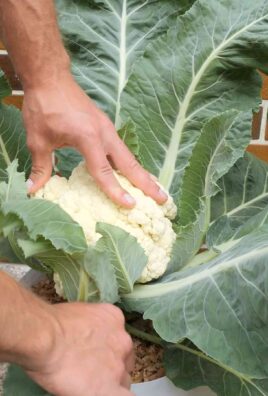
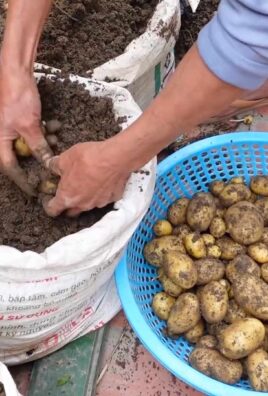
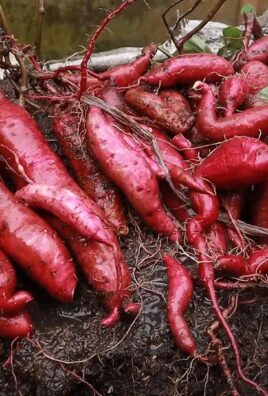
Leave a Comment